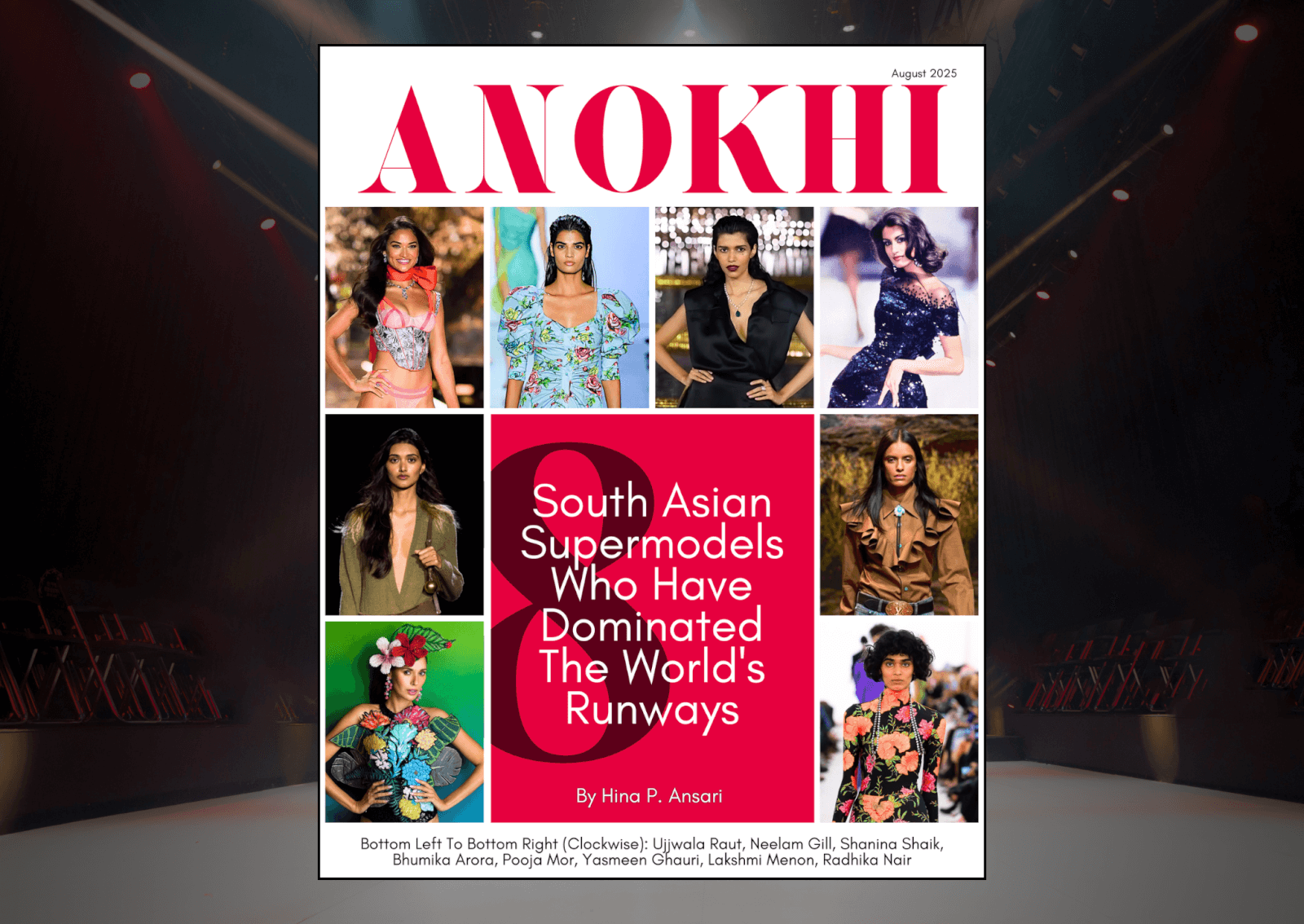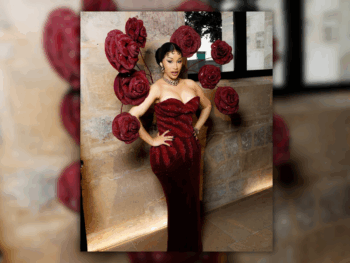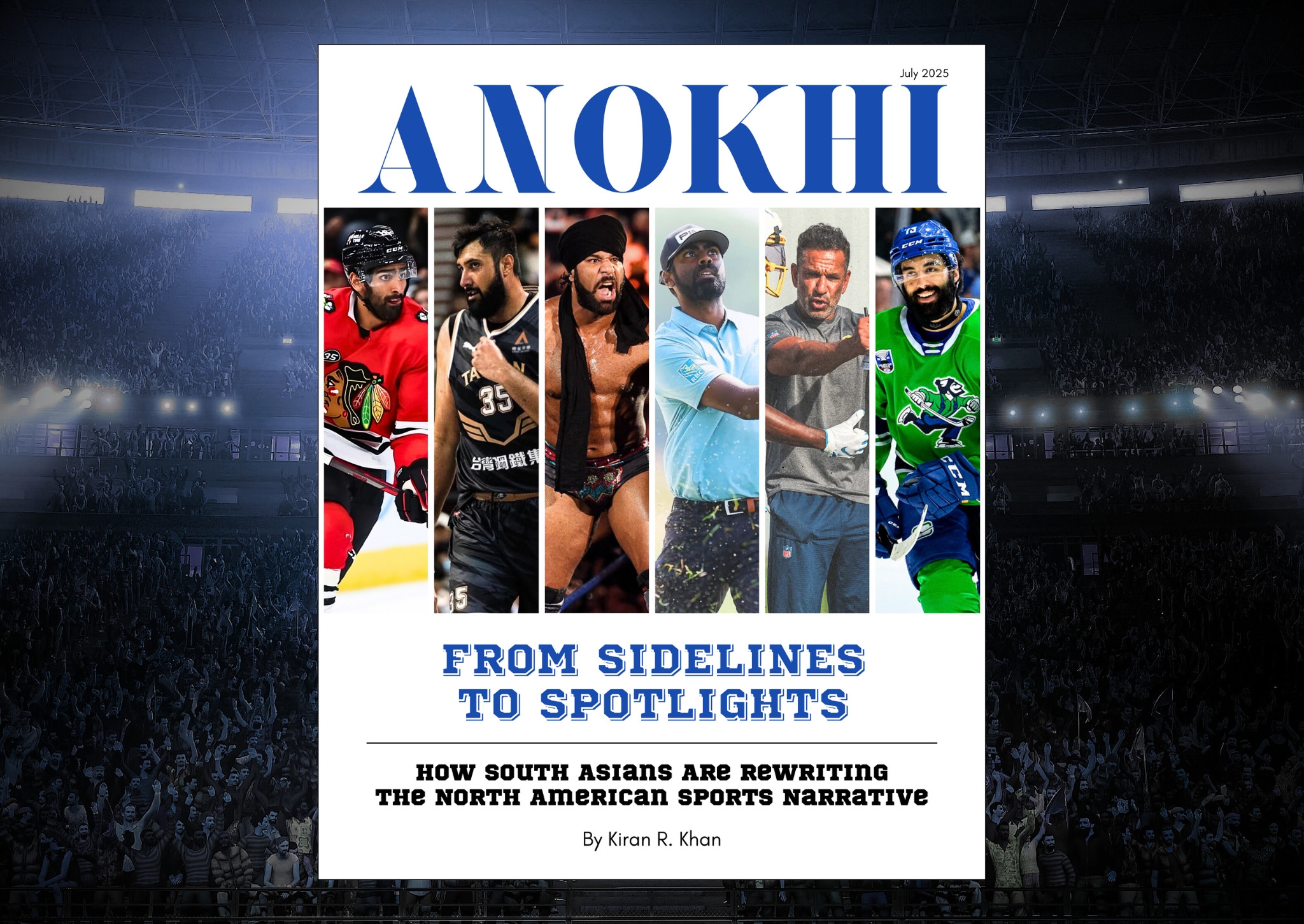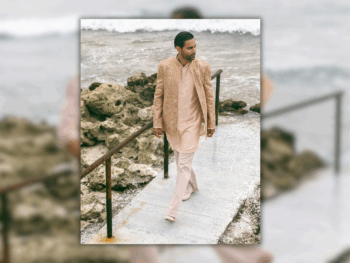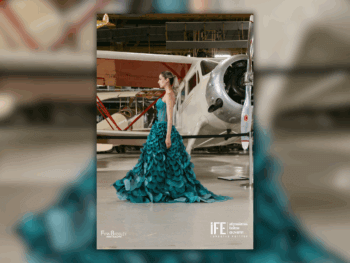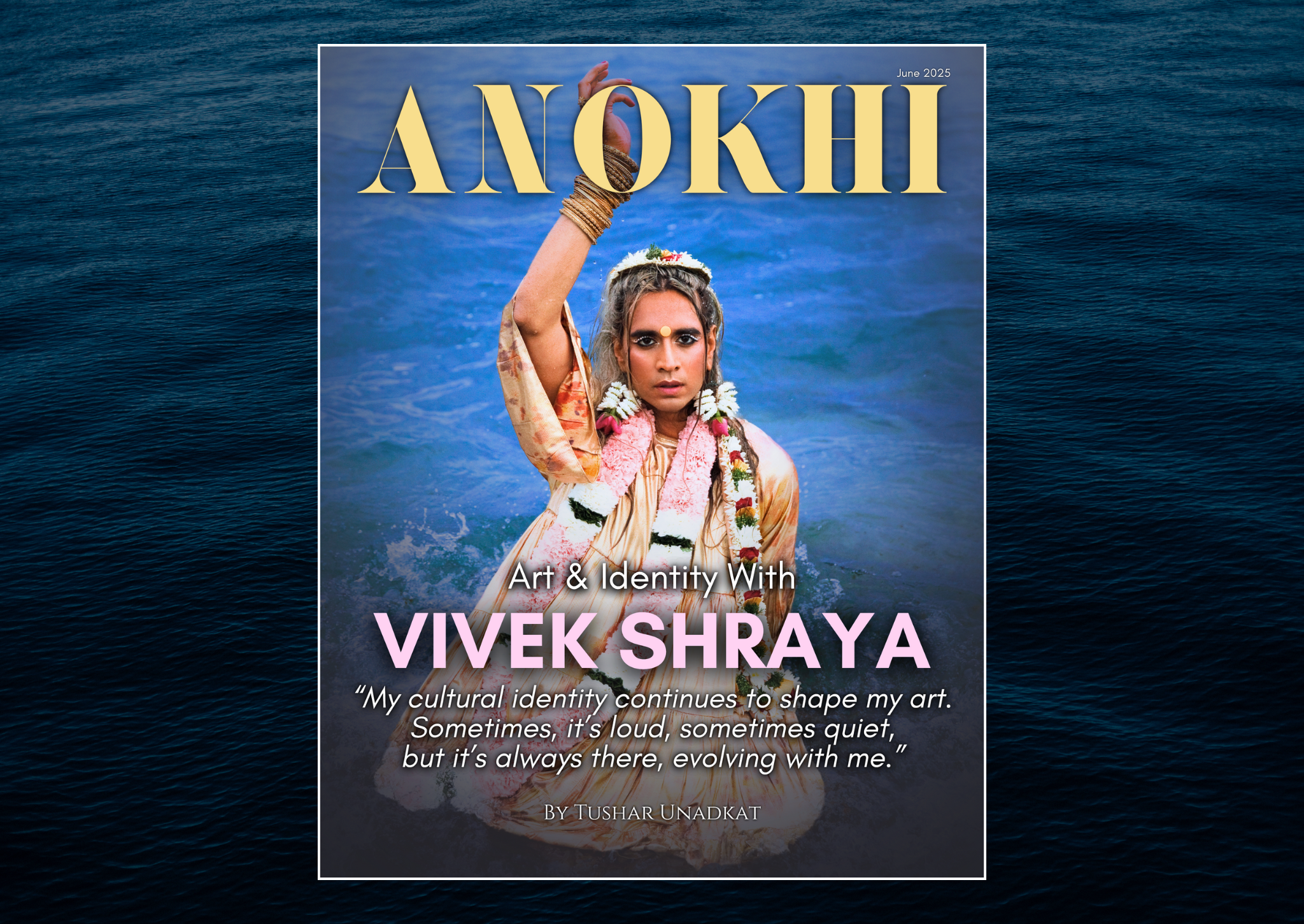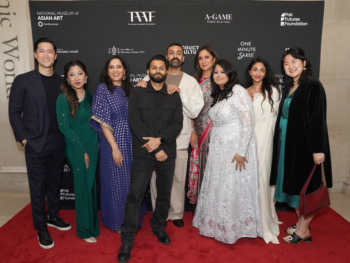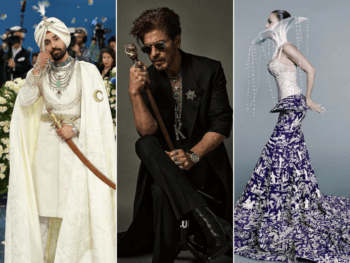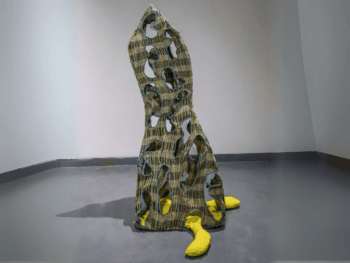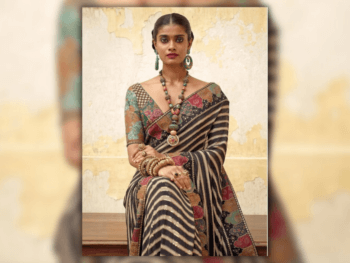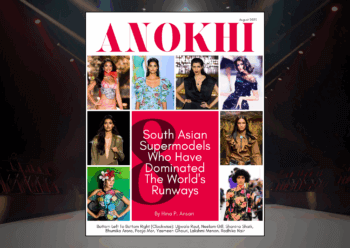Fashion and law may seem like strange bedfellows; one is creative and glamorous while the other is somber and by the book. And yet, the two go intrinsically hand-in-hand.
The business of fashion, like any business, must operate within the law. Think of it: from design and raw materials to production and distribution, legal concerns are, an integral part of the design process. And once the product is ready, there are rules around pricing, selling, promotions and marketing, not to mention the complexity of conducting business globally. The result: there’s a surge in the focus on fashion law.
A New Type of Law?
By no means are the legal practice areas of fashion law new: counterfeiting, intellectual property rights, licensing, corporate real estate, employment, import/export, tax — all areas in which fashion houses have always needed legal counsel.
“Fashion law is not a new area of law, like data privacy or LGBT rights,” says New York-based lawyer
Ashima Dayal of Davis & Gilbert LLP. Instead, what’s new is that law firms have identified a need and are bundling specialized lawyers in these practice areas to offer integrated practice groups to fashion, beauty and luxury goods clients.
Aside from large firms, individual lawyers are creating a niche for themselves in fashion-focused law practices. Toronto-based
Anjli Patel, a fashion lawyer and trademark agent, launched Law x Fashion (pronounced Law for Fashion) offering services like business plan and contract reviews, trademarks, online and social media legalities, and assisting designers with competitions and funding.
Law schools have caught up too with certified programs in fashion law. The American Bar Association reported a 30 per cent decline in law school enrollment in 2014 compared to the previous four years. By contrast, schools offering fashion law, such as
Fordham Law School, saw an increase in enrollment.
“It’s not surprising to see the growing interest to study law through the scope of a global industry that is relevant and, frankly, glamorous,” Dayal says. “However, while specialized courses are valuable it’s far more important to attend a school with a strong reputation that offers an excellent general legal education.”
International Trade and Fast Fashion
Fashion, by nature, is fast and fast fashion retailers such as Zara, H&M and Forever 21 lead the pack with their competitive prices and fast-churning style cycles. The short sales cycles mean shorter production times in countries with low labour costs.
The tragedy in Bangladesh — an outsourcing hotspot known for its cheap labour — highlighted the human cost of fast fashion when the
Rana Plaza, home to a handful of garment factories, collapsed killing more than 1,200 people.
Following the collapse, numerous safety accords were voluntarily signed by many iconic retailers. The disaster served as a wakeup call to producers and consumers and is compelling more than just retail brands to source ethically. For example, Canada’s Public Works — the department in charge of buying some $80-million worth of apparel as part of uniforms and work wear for federal government employees — is looking into ethically sourced clothing options according to a 2015 memo obtained by the Canadian Press.
Law firms are increasingly counselling global brands on the true costs of outsourcing and the value of offering products made in facilities that don’t use child labour, comply with local laws and international labour standards and provide a safe working environment.
Design Protection: The Big Challenge
Advances in technology have made copying designs easier and less expensive and it’s common to see high-end catwalk design knock-offs on streets, even before the originals reach stores.
The disparate and convoluted copyright protection rules in different countries complicate matters further. “Often books, movies and music have more protection than clothes,” says Jeff Trexler, associate director at the
Fashion Law Institute in New York. The not-for-profit institute — one of the first of its kind started by Susan Scafidi with support from the
Council of Fashion Designers of America — offers pro bono legal counsel and business boot camps to fashion professionals worldwide.
Trexler points out the 2013 Quebec court case Layette Minimôme Inc. v. Jarrar where Canadian copyright law wasn’t extended to apparel design knock-offs since the copied design was “applied on a certain number of utilitarian items,” leaving clothing without copyright protection from mass-market knock-offs.
Turns out, while clothing may not be protected under copyright laws here, original prints on materials can be so more brands have integrated logos into fabrics for better protection. Think of the Gucci, Chanel and Coach monogram designs. Lawyers are also looking at innovative ways to fight back instead of relying on traditional copyright and trademark infringement areas.
“A decorative and functional feature of a sneaker design often qualifies for industrial design protection,” Trexler points out. “Or Canada’s Wonder Bra, for example, could be eligible for utility patent protection.”
American designer and CFDA award-winner
Phillip Lim created a new logo for his line in China, instead of trying to regain control over the 3.1 Phillip Lim logo already registered by a local company profiting by abusing China’s first-to-file registration option.
“The solution is cost-effective, but it disrupts brand continuity,” says Patel of Law X Fashion. “It’s a lesson for fashion businesses in registering trademarks and domain names internationally to proactively protect their brand.”
Logo and design protection is just one of the many areas that businesses deal with when expanding internationally. They have to be alert for all kinds of legal concerns at every state of the life of an item.
“In California, using python skin is illegal. Israel regulates the weight of fashion models. Saudi Arabia prohibits men from selling women’s lingerie. The United States, Canada and Europe tend to take aggressive action against trademark infringement while enforcement in China is rather lax,” says Trexler of the Fashion Law Institute. “For a designer with a global brand, it truly is a small world.”
BY PAOLOMI PATEL
PHOTOGRAPHY COURTESY FASHION LAW INSTITUTE (SCAFIDI, VON FURSTENBERG AND KOLB)
PUBLISHED IN MARCH 2015/THE FASHION & STYLE ISSUE




























































